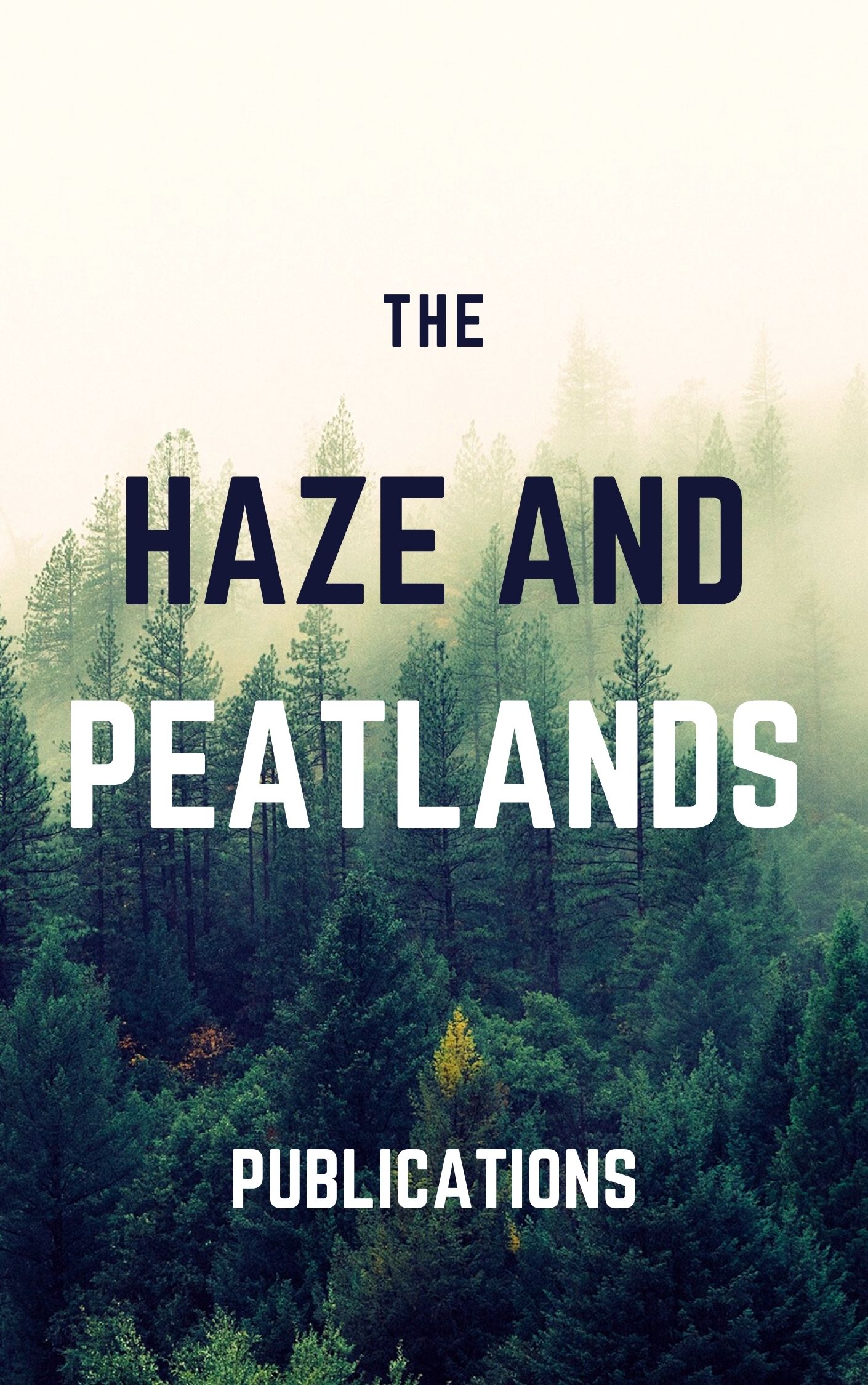Peatland fires are one of the major global sources of atmospheric particles. Emission factors for fine (PM1 and PM2.5) and ultrafine (PM0.1) particles and particle-bound polycyclic aromatic hydrocarbons (PAHs) from plants in the peat swamp forest (PSF), including Melaleuca cajuputi leaves, M. cajuputi branches, M. cajuputi bark, Lepironia articulata (Retz.) Domin, forest leaf litter and peat were measured in a laboratory combustion chamber. From these measurements, new PAH diagnostic ratios for fine and ultrafine particles were proposed for identifying the forest burning source. The new emission factors for PM were PM0.1: 0.03-0.33, PM1: 0.69-2.11 and PM2.5: 1.12-4.18 g/kg; for PM-bound PAHs, the factors were PM0.1: 5.7-166.0, PM1: 31.5-1338.9 and PM2.5: 36.3-3641.1 & mu;g/kg. The predominant PAHs for PSF burning were Pyr, BbF, DBA (in PM0.1), Flu, DBA, BghiPe (in PM1), and BbF, DBA and BghiPe (in PM2.5). We also presented new diagnostic ratios for PSF burning, including BaP/(BaP + Chr): 0.39-0.75, BaP/(BaP + BbF): 0.21-0.47 and BaA/(BaA + Chr): 0.36-0.53. Moreover, the physical and chemical characteristics of ambient fine and ultrafine particles in the Kuan Kreng forest during the 2019 forest fire (FF) and 2021 non-forest fire (NFF) periods were investigated. The mean PM0.1, PM1 and PM2.5 concentrations during the FF period were approximately 3.5-4.4 times as high as those during the 2021 NFF period. New PAH diagnostic ratios of BaP/(BaP + BbF) versus BaP/(BaP + Chr) were able to identify PAH burning sources in PM1 and PM2.5 but were less clear for PM0.1, which was dominated by a single source - M. cajuputi. Chemical mass balance studies identified peat forest burning emissions as the main source of fine and ultrafine particles during the FF period. This study suggests that the new PAH diagnostic ratios can be used to identify the burning source for more precise source apportionment.
View source

